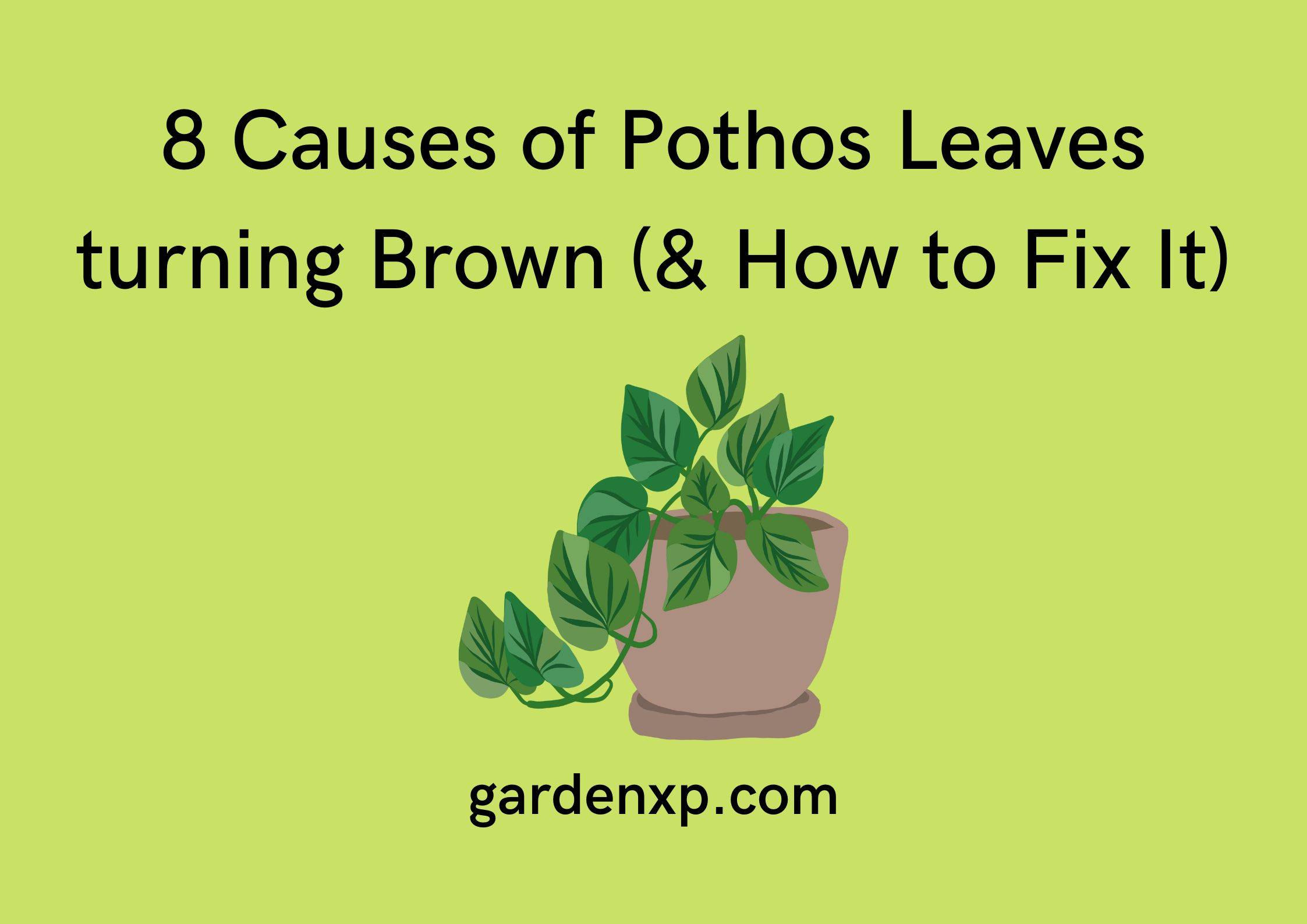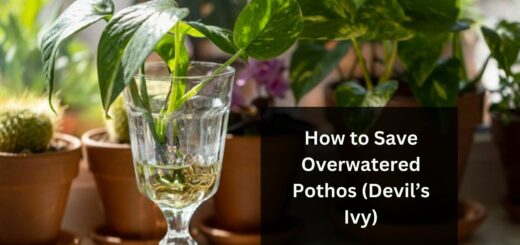How to Grow Pothos in Water| Caring Tips for Pothos
What do you all use to decorate your houses? Books? Flowers? Showpieces? Well, if you have noticed, plants make a pretty good decor material too. You don’t even need to have a lot of them, you just need the right ones, like pothos. Hey folks! I’m Anna Scott, a Gardener by heart and Profession, started my Journey 15 years ago and Now I am teaching other gardeners as well to achieve their goals.
Pothos make excellent indoor plants. Do you know how to grow pothos in water? They can be kept in your indoor garden or even used for decoration of your indoors. And the cherry on the top would be that you don’t need to go through all the chaos of soiling and watering, it can be grown in water!
Want to know more about how to grow pothos in water? Well, keep on reading further to find out!
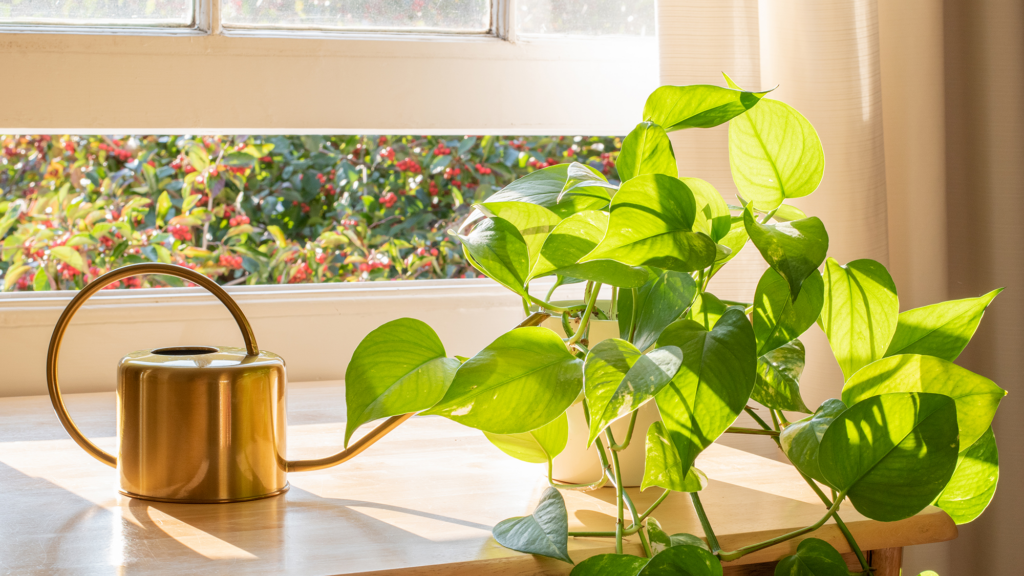
What are Pothos?
The evergreen pothos plant has thick, heart-shaped, green, waxy leaves with hints of yellow. It is typically grown as a hanging houseplant.
Aerial roots allow pothos to climb, and big trees can sustain cultivated or wild plants grown outdoors to great heights.
It is frequently mistaken for the common philodendron because of its resemblance.
Often called Devil’s Ivy, this adaptable and low-maintenance member of the Araceae family of plants is easy to grow.
Besides being aesthetically beautiful, pothos is well-known for its capacity to flourish in water because of its heart-shaped leaves and trailing vines.
How to Grow Pothos in Water?
Pothos can be grown in water just as well as in soil. Here’s how you can grow pothos in water.
Choose a bottle, jar, or vase made of glass
These are available at really affordable secondhand shops like Goodwill. Clear ones are ideal to start with so that you can see the roots emerge.
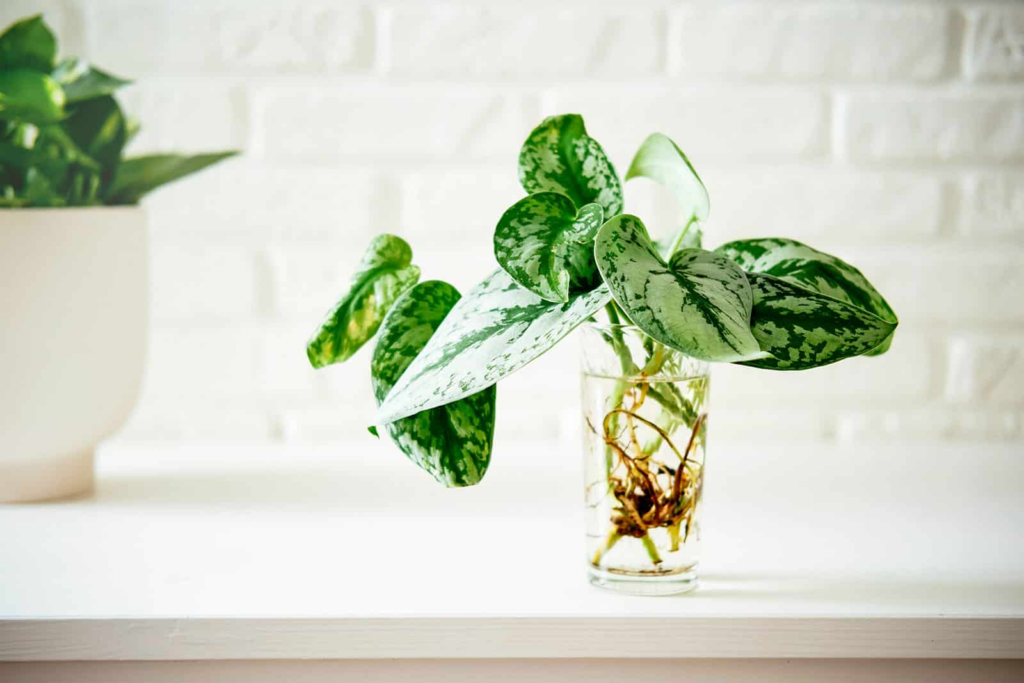
After that, it’s best to select a vase with a darker hue that will filter some light and prevent algae from growing too quickly. Otherwise, you’ll have to clean the algae very frequently.
Pour fresh water into the jar
Generally, tap water is fine. Most of the time, plants can thrive quite well on it. But before you put the water in a jar with a new plant or water an old one, you’ll need to let it sit in an open container for about a day to allow the chlorine to drain if your tap water is chlorinated.
Put in the fertilizer
Just drop a few into the water before putting the plant in. For Pothos, any type of liquid fertilizer will work. I use Miracle-Gro, which is the liquid fertilizer that is most widely accessible in supermarkets. They make a liquid fertilizer specifically for African violets, which are another popular houseplant. This nutrient mixture is adequate for the majority of houseplants.
Add the plants
Make sure the cut ends of your cutting are submerged in water when you place it in your container. You should start to notice roots growing on your cuttings after a few weeks. These roots will eventually elongate, enabling the cuttings to sustain fresh growth.
Refresh the water every two to three weeks
It is suggested we replace the old water with fresh water every two weeks because water loses oxygen over time.
Make sure the water line is below the roots
It is advantageous for some roots, or portions of roots, to be exposed to the air. Still, most of the roots ought to be underwater.

There is no need to guess how much water to supply, so it can be a simple task to maintain. Simply look at your container and fill it to the proper amount.
Use fertilizer every four to six weeks
Reduce the fertilizer’s strength to approximately 1/4 of what is specified on the container (one part fertilizer to three parts water). Approximately every four to six weeks, add this diluted fertilizer mixture to the container.
Clean the algae (as per requirement)
Chemical compounds have the potential to damage Devil’s Ivy even though they can be used to eradicate algae.
The best way to remove the algae from the glass is to use a cloth or an old toothbrush. Periodically, you can also rinse the vase out. You can move the plant to another vase filled with new water or even a bucket of water while you empty the container.
How to Care for Pothos?
Just like any other plants, Pothos need to be taken good care of after being planted. They are easy to care for, but the right steps ensure even healthier growth.
Light
Although potting can tolerate a wide range of lighting conditions, it prefers bright indirect light. Although it might not develop as quickly, it can also withstand low light. Pothos leaves can burn if they are exposed to direct sunlight for extended periods.
Watering
When watering, let the top inch of soil dry up completely. Although pothos like slightly damp soil, overwatering can cause problems.
When you water the plant, make sure all the extra water flows out. To keep the roots from sitting in standing water, empty the saucer underneath the container.
Soil
Use a potting mix that drains well and contains organic materials. For pothos, a typical indoor potting mix is suitable.
Temperature and Humidity
The ideal temperature range for Pothos is 60–80°F (15–27°C). It should be shielded from drafts and sharp temperature changes, but it can withstand the odd drop in temperature. Pothos is tolerant to typical home humidity conditions. Higher humidity levels, however, may encourage more robust development.
Fertilizing
During the growing season (spring and summer), give the plant a balanced liquid fertilizer every 4-6 weeks. For dilution and application, according to the package instructions.
Pruning
Pruning regularly keeps a bushy, appealing appearance. Reduce the length of the stems to promote branching. To maintain the health of the plant, remove any yellowed or damaged leaves.
Propagation
Pothos is a simple plant to grow. Stem cuttings can be planted directly in the soil or submerged in water. Make sure every cutting has a node and at least one leaf.
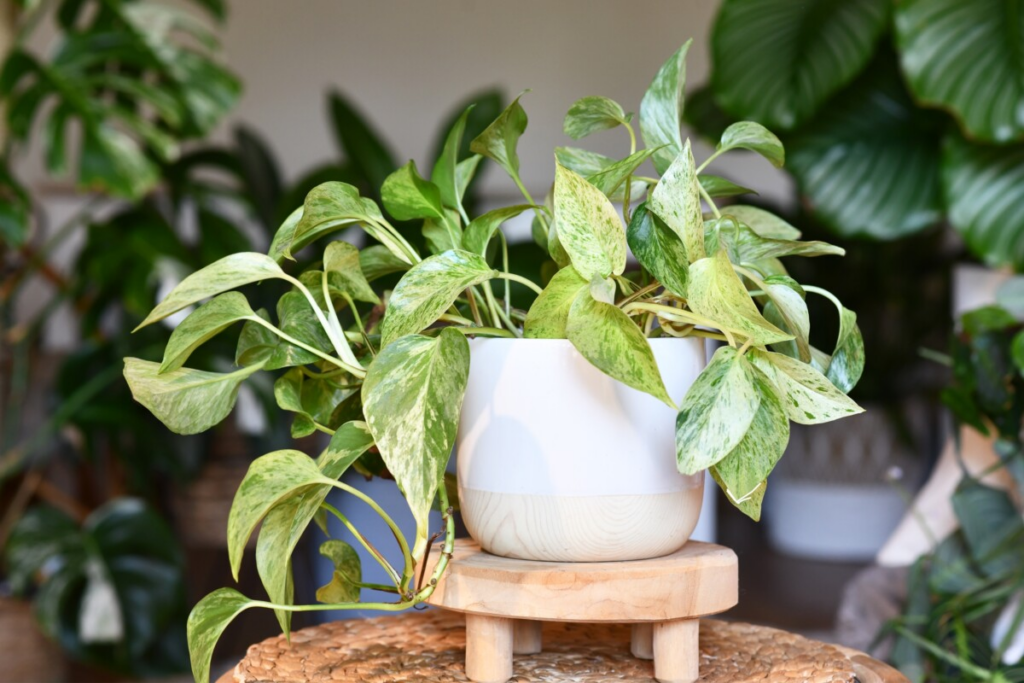
Support
If the lengthy stems are too heavy, give them some support. You can let them hang from a hanging basket or use stakes to hold them down.
Diseases and Pests
Although pothos are pest-resistant, you should still look for mealybugs, spider mites, and scale insects. Dust the leaves and any possible bugs with a moist cloth.
Wrapping up the Context
Witnessing the growth of pothos cutting into a robust plant is a satisfying experience when growing them in water. Pothos is a hardy and visually pleasing option for indoor greenery, regardless of whether you decide to keep it in water or move it to soil.
Growing and caring for pothos is not very difficult. Once you get the hang of it, they’ll be all your home, complementing the aesthetics of your place!
Thanks for reading! Happy Gardening!
FAQs
Is it possible to grow several pothos cuttings in one container?
Yes, you can grow numerous plants at once by growing multiple pothos cuttings in the same container. Just make sure there is adequate room for each cutting’s submerged nodes to grow roots.
How much time does pothos require to grow in water?
While the exact period of root development in pothos cuttings can vary depending on environmental conditions like temperature and light, it usually occurs within a few weeks.
How much time should my pothos stay in the water?
You can leave pothos in the water until it’s time to replace the contents with fresh water if you’re growing them in water. Avoid leaving a pothos plant submerged in water in a drainage tray for longer than twenty minutes when watering it.
Is soil or water better for pothos?
Pothos can be grown in either soil or water; which one you use will depend on your tastes, the requirements of the plant, and the look you want to achieve.

